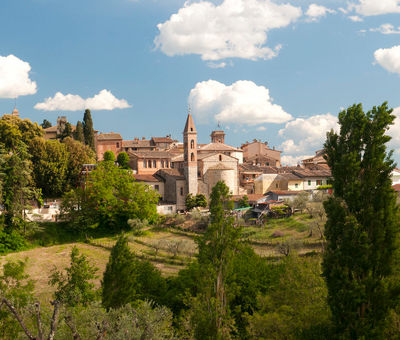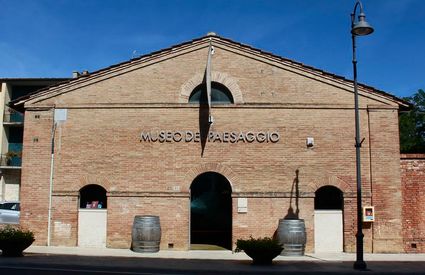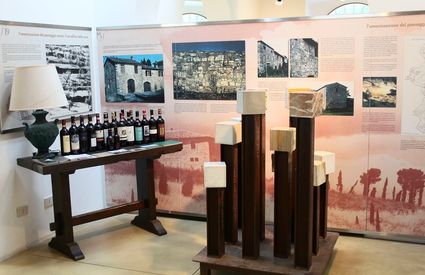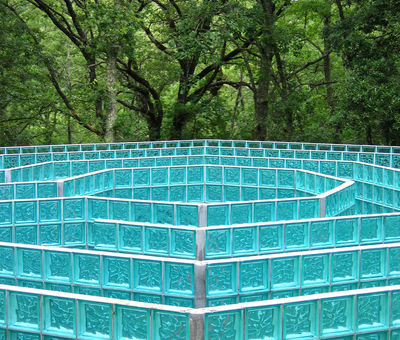The Berardenga territory
A splendid medieval town built on an ancient settlement and nestled in the pocked, hilly landscape of the Chianti, Castelnuovo Berardenga owes its name to a nobleman called Berardo, but its history goes back further, to 865 AD. It was then that the French count Wuinigi di Ranieri arrived in Italy, became governor of Siena and got hold of the castles and estates of the area. He acquired swathes of the land that now makes up the province of Siena: between the streams of the Bozzone and the Ambra, from the Chianti to the River Biena, all the way to Taverne d’Arbia. All this land was inherited by one of his sons, Berardo, and from there originated the name Berardenga.
Castelnuovo is at the heart of this area, which was long contested by Florence and Siena. It was the theatre of appalling battles, the most famous being that of Montaperti, which Dante immortalised with the famous words “lo scempio che fece l’Arbia colorata di rosso” (the massacre that made the Arbia run red). More than 50,000 soldiers faced each other across the open field, the Florentine Guelfs and the Sienese Ghibellines. The defeat of the former ensured Siena’s autonomy for centuries to come.
The Chianti Sculpture Park
Another feather in the area’s cap is the Chianti Sculpture Park, a permanent exhibition of contemporary installations. It exists thanks to the initiative of two art enthusiasts, the Giadrossi couple, who from 2002 have invited contemporary artists to visit the wood and propose an artwork. The result is a collaboration between art and nature, with works by some twenty-seven artists from all six continents. The use of different materials demonstrates the variety and importance of contemporary art in today’s world.
The park is also home to an amphitheatre, which offers visitors a full programme of concerts in July and August. A stone’s throw from the park, meanwhile, you find the Contemporary Art Village, home to another eleven contemporary art sculptures.







